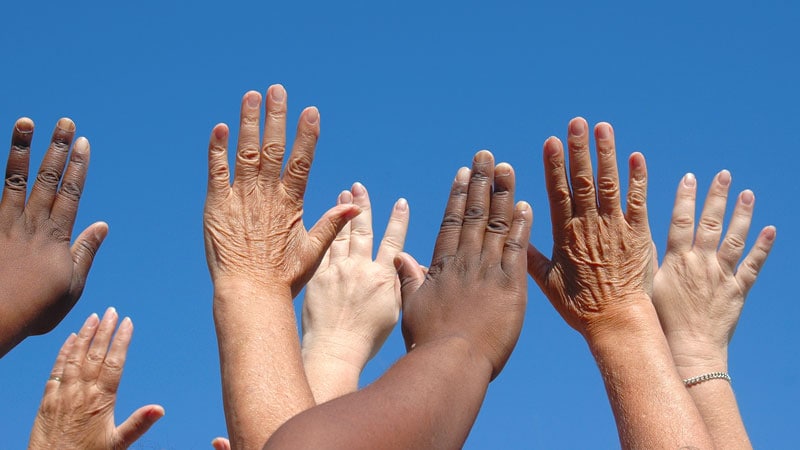Most cancer cases in England occur in White individuals, with some notable exceptions, new data show.
White men and women are more than twice as likely to develop melanoma and esophageal, bladder, and lung cancers in comparison with individuals from Black, Asian, or mixed ethnic backgrounds.
The major exception: Black men are two times more likely to develop prostate cancer, and Black men and women are nearly three times more likely to develop myeloma compared to White individuals.
“This is the first data in a decade that highlights ethnic disparities in cancer in England,” lead investigator Christine Delon, PhD, with Cancer Research UK, told Medscape Medical News.
The study was published online March 2 in the British Journal of Cancer.
Ten years ago, cancer data on race in England were “quite incomplete”; for about one quarter of cases, no ethnic group, Delon said. “New information has been sorely needed.”
In the analysis, Delon and colleagues assessed variations in cancer incidence rates between White, Asian, Black, and mixed/multiple ethnic groups in England between 2013 and 2017.
Among all broad ethnic groups, the four most common cancer types were lung, bowel, breast, and prostate cancers.
The majority of cancer cases occurred in White individuals, broadly reflecting the ethnic makeup of the population, the researchers say.
On an annual basis, the researchers found that more than 269,000 cases had occurred in White individuals, compared with roughly 7700 cases in Asians, about 5300 cases in Black individuals, about 1200 in people of mixed/multiple ethnic background, and 3300 cases in “other” ethnic groups.
For all cancers combined excluding nonmelanoma skin cancer, age-standardized incidence rates in non-White minority ethnic groups were significantly lower than in the White patients, especially for melanoma and some smoking-related cancers, including lung, bladder, and esophageal cancers.
Notable exceptions include the rate of prostate cancer, which was 2.1 times higher in Black men, as well as the rate of myeloma, which was 2.7 to 3.0 times higher in Black patients.
Rates of several gastrointestinal cancers were 1.1 to 1.9 times higher in Black individuals and 1.4 to 2.2 times higher in Asians, as were incidences of Hodgkin lymphoma — 1.1 times higher in Asian men, 1.3 times higher in Black men — and thyroid cancer — 1.4 times higher in Asian and 1.2 times higher in Black populations.
“Understanding variation in cancer incidence between ethnic groups can inform public health measures to reduce inequality,” Delon and colleagues note. For instance, a higher cancer incidence may indicate barriers to accessing screening modalities, weight management services, or HPV vaccination.
“These results should galvanize efforts to better understand the reasons for this variation, and the possible impact on cancer services, patient experiences and outcomes,” they add.
The study had no specific funding. The authors have disclosed no relevant financial relationships.
Br J Cancer. Published online March 2, 2022. Full text
For more from Medscape Oncology, join us on Twitter and Facebook.
Source: Read Full Article
